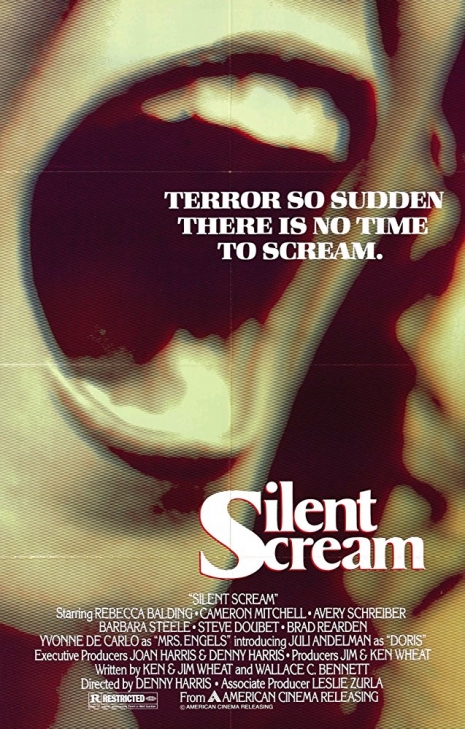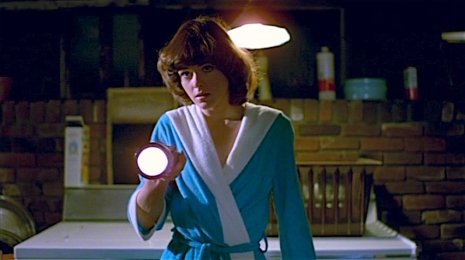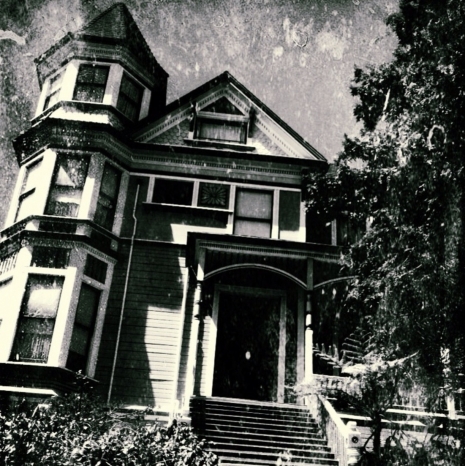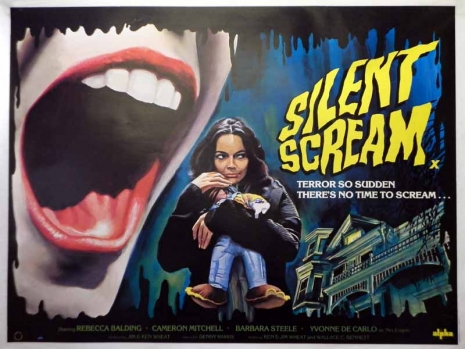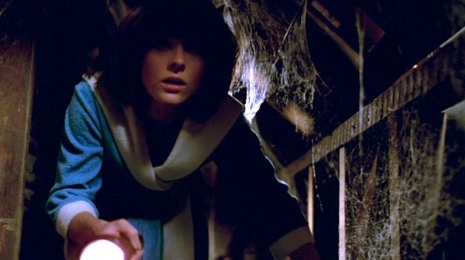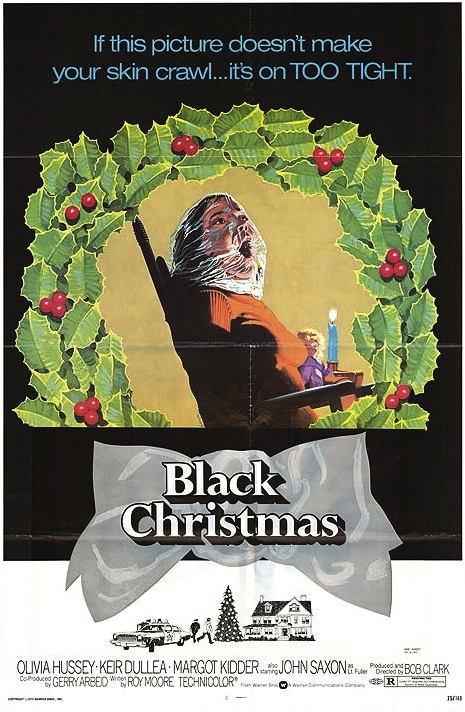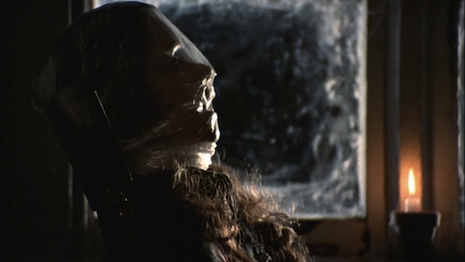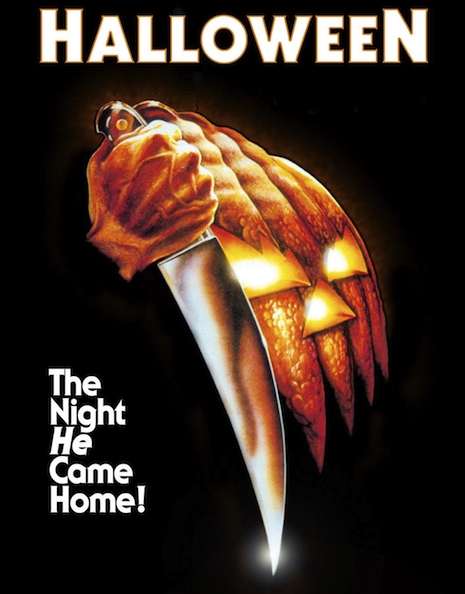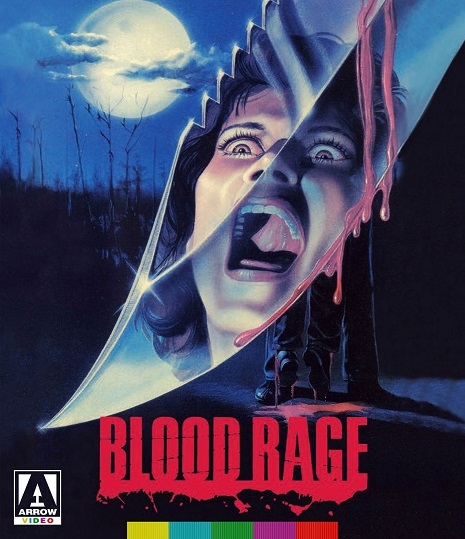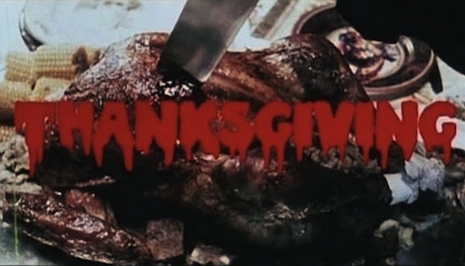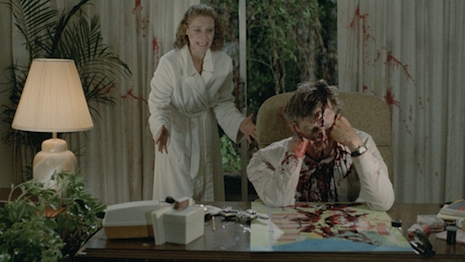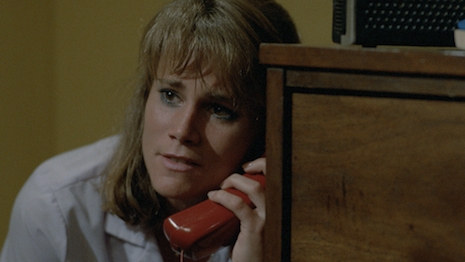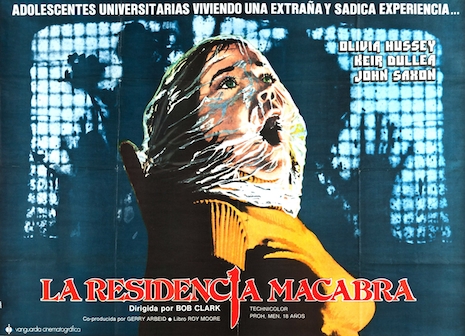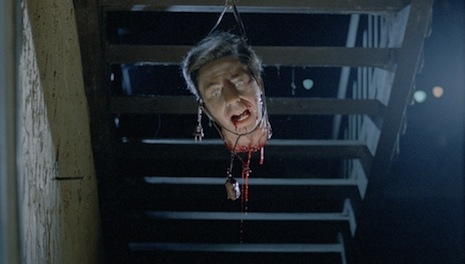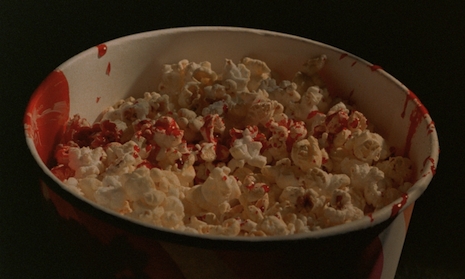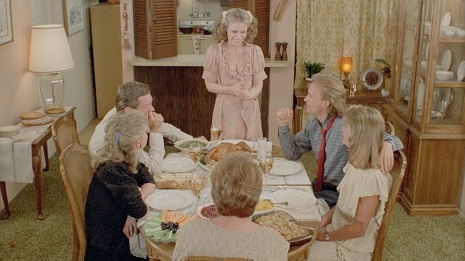
To All a Goodnight (1980) is the only movie directed by David Hess, the singer/actor best remembered as Krug Stillo, the lead psycho in Wes Craven’s notorious 1972 film, The Last House on the Left. To All a Goodnight hasn’t been widely seen, and though the flick has duly received its share of criticism from those who have, it’s worth noting for its place in slasher film history.
In To All a Goodnight, a group of young female students have stayed behind at their school, rather than returned home for the Christmas break. A killer party is planned, but after the festivities begin, a murderous, masked Santa threatens to ruin all the fun. Could the slayings have anything to do with the death of a girl who died during a hazing incident two years earlier?

Okay, that’s the gist of the film. Before I get into the merits (and lack thereof) of the picture, I found its position in the slasher cinema timeline to be intriguing, so let’s start there.
According to IMDb, To All a Goodnight premiered on January 30th, 1980. Assuming this is correct, that means it predates, by a few months, Friday the 13th (1980), the first major slasher film to come out after Halloween (1978). Incidentally, the killers in both To All a Goodnight and Friday the 13th have similar motives. As far as the homicidal Santa character, the 1/30/80 date also means that it precedes Christmas Evil (which debuted in November 1980), and by several years, Silent Night, Deadly Night (1984). Furthermore, To All a Goodnight is one of the earliest—if not the earliest—holiday-themed slasher with a masked murderer to follow Halloween.

Other slasher elements include the Xmas theme, borrowed from Bob Clark’s groundbreaking 1974 slasher, Black Christmas (also nicked was the basic premise of young adult women staying at school over holiday break). Though To All a Goodnight doesn’t have a “Final Girl”, per se, the innocent heroine Nancy is certainly Final Girl-esque.

The estimated budget was a paltry $70,000, and the film was reportedly shot over the course of just ten days, so admittedly, there’s wasn’t a lot for first time director David Hess to work with. Not helping matters is the flimsy script, the laughably bad dialogue, and the acting chops, which range from average to subpar. As for Hess, he didn’t set the world on fire with his directing here—the biggest goof I noticed was a nighttime scene obviously filmed in broad daylight—though I’ll give him points for creating some atmosphere.
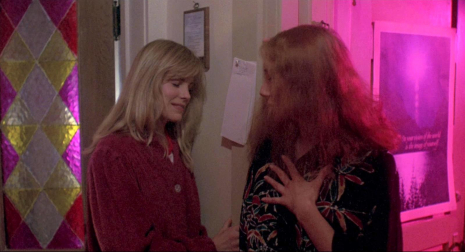
Perhaps the biggest issue with To All a Goodnight is its general lack of suspense—a pretty big problem, considering this is a horror film, after all. Then there’s the bombshell ending, which is basically nonsensical and designed to shock, more than anything else.
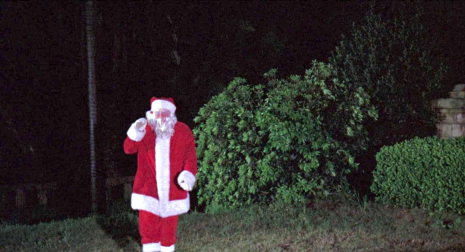
Despite (because of?) its faults, I think fans of cheesy ‘80s slashers will get a kick out of To All a Goodnight. If you dig such films, it’s definitely worth seeing once—but maybe not more than that!
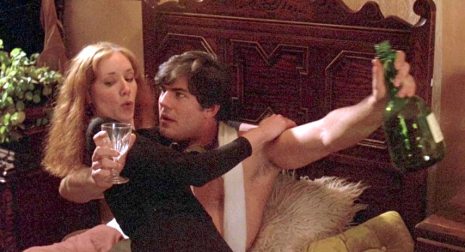
Some have criticized the movie for being ridiculously dark, but this appears to have been the result of a poor transfer during the VHS days (see this YouTube upload of the U.S. home video edition). The Blu-ray, while a little grainy, doesn’t have any lighting issues. A similar looking rip of the film is embedded below, though, alas, it has Greek subtitles. The Kino Lorber Blu-ray/DVD set is available on Amazon.
Previously on Dangerous Minds:
Fiona Apple’s dad plays a crazed, killer Santa Claus in a John Waters favorite, ‘Christmas Evil’
‘Black Christmas’: The groundbreaking 1974 slasher film that paved the way for ‘Halloween’
Faster, Santa! Kill! Kill!: Christmas-themed horror movie posters to get you through the holidays






